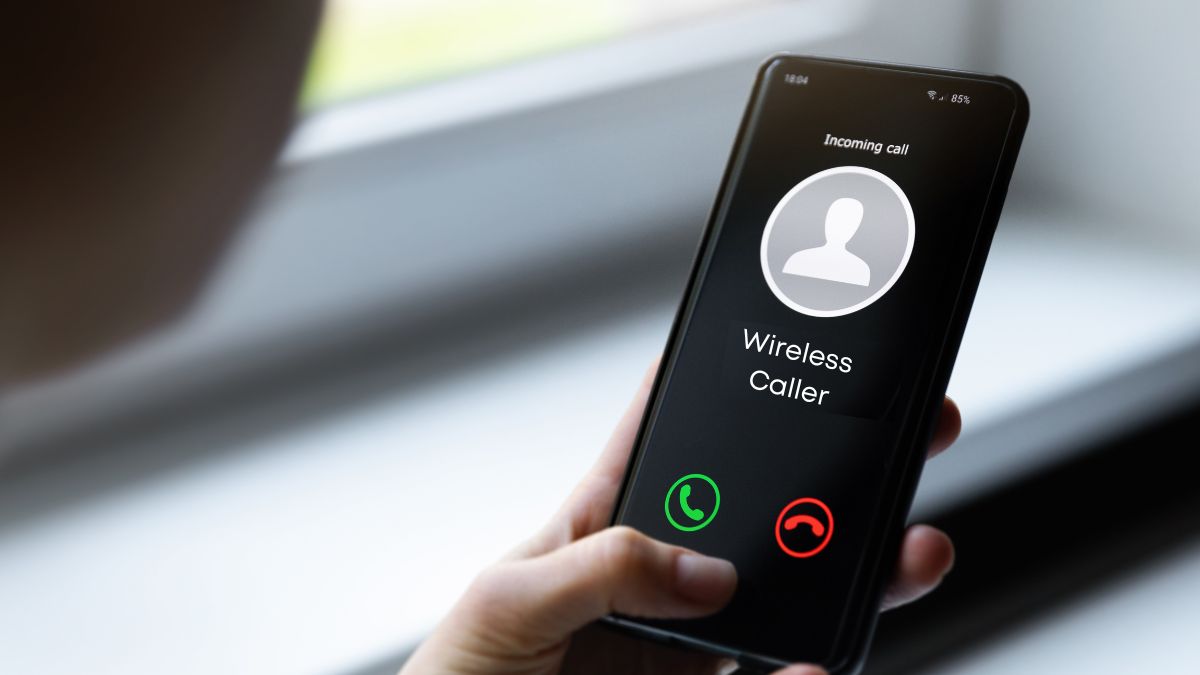Wireless Caller is another term that many people have come across either in the Caller ID field or in recorded messages when you call people. So what does ‘Wireless Caller’ mean?
A Wireless Caller is just a phone account user, similar to someone if they have a cell service with a cell phone. As phone technology has improved, cell carriers try to provide more information about who someone is when they call you.
Let’s look at what this term means, when you’ll see it, and also consider the identification issues behind it, as well as consider whether you should call the number back or not. So let’s look at all things Wireless Caller!
Why Does a Phone Display Wireless Caller Instead of a Number?
The ‘Wireless Caller’ that you’re seeing when someone calls you should not appear every single time when you get a call coming through.
It is a setting on the side of many large cell phone companies to try and supply information about the person who calls you if you don’t have them saved as a contact in your device already.
For wireless carriers that do not give name identification, the caller will be displayed as Wireless Caller or the location where the number is registered.
This is part of a slew of features offered by cell providers to not only try and reduce spam calls but also help identify callers depending on some other metadata or information.
The phone number should still be viewable if you tap on the call within your cell phone’s call log or call history.
The information that displays at this time can be modified, with the following instructions for AT&T.
Log in to your myAT&T account and go to tap on Profile. Select your wireless account and then select the User Information tab.
Choose and pick the number you wish to update and then hit Edit in the Device User section, to update the Caller ID field to what you want to be displayed to others.
You can do this with other carriers, but you’ll just have to update this per their instructions depending on what carrier you’re with.
How to Turn Off ‘Wireless Caller’?
If you have AT&T Call Protect or other cell provider add-ons that deal with caller ID, then you’ll need to research your own provider’s software to find out how to turn it off.
For AT&T Call Protect, it is via an app that you can get from both the Apple App store and Google Play. After installing and accepting the terms and conditions and then going through and activating the AT&T ActiveArmor Mobile Security features you want.
The feature that displayed Wireless Caller within the AT&T Call Protect is called Caller ID, so you can just turn this off.
Is a Wireless Caller Spam?
A Wireless Caller is not necessarily spam, but the chances are somewhat higher.
If it is displaying Wireless Caller, that means the person is not listed in any contact you have so they are either calling from a new number or an unknown number. The chances of the latter are high, which also means the chances they are spam is very high.
Another common time that Wireless Caller will show up is when calling a Microsoft Teams number, as Microsoft Teams can’t get all the information about a call.
International numbers can sometimes show this field like this, or if the number is faked and meant to give you the impression it is a domestic call but instead it is from a large overseas call center.
How to ID a Wireless Caller?
One of the quickest ways to ID a Wireless Caller is to look in your calling app history to find out the phone number.
If you can’t find the phone number, you may need to disable any call filter or third-party app like the AT&T Call Protect that is changing the details.
Depending on the app, if the call has already come through then if you disable or uninstall the app, it may not retroactively go back and repopulate the number or other details.
Once you have the phone number, try putting it into your favorite search engine. Scam numbers or nuisance callers will eventually find their number put up on websites that catalog all these numbers, and people leave reports about them.
For example, someone may say, ‘this number called me, it went to a recording about insurance’. This is enough to know that the number isn’t just one of your friends calling from a different number.
What Happens if You Call Back a Wireless Caller?
A Wireless Caller is just someone with a phone account, so it is just like calling back a phone number. However, the chances of it being a scam or nuisance call are high, think of it like someone calling with no caller ID.
The other issue on top of this is that once a scammer finds out your number is real and that there is a chance it will be answered, it will be sold onto other scammers so that you will get exponentially more calls.
Scammers are basically creating numbers and mass dialing them, hoping that someone answers and then targeting that number. So you’re basically asking for trouble if you keep answering Wireless Caller numbers.
However, if you’re expecting a call then keep in mind that it’s not certain that every Wireless Caller is a scammer.
It’s worth setting up voicemail on your number, and see if they leave a message. A scammer is less likely to leave a message, as they will give themselves away, on top of that they generally don’t have the time or it’s a piece of software mass calling people.
What Does ‘The Wireless Caller You Called at This Time Is Not Available’ Mean?
As a Wireless Caller is just like another phone user, it’s like if you called a number and it rings out, or you get a recorded message saying the person is not available.
People can turn this feature on or off when they don’t want to be disturbed. It could also mean that the person is out of range of either a cell signal or the internet, their battery has died or any other cell issues such as the network being down.
Finally, another common cause of this message is that the person is on another call and doesn’t have a call waiting, so you can try calling back in 30 minutes or so to see if they’ve finished the call.


